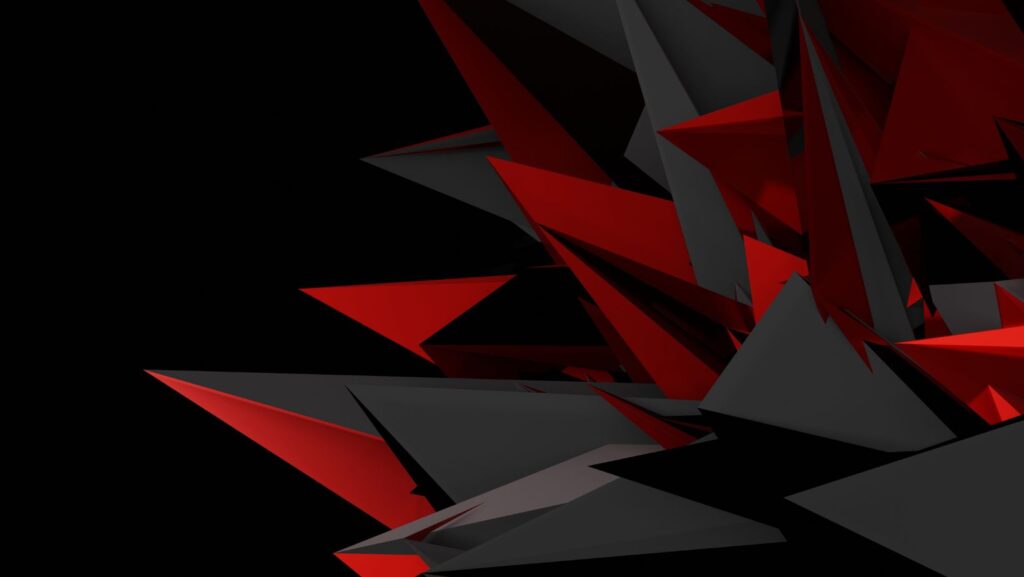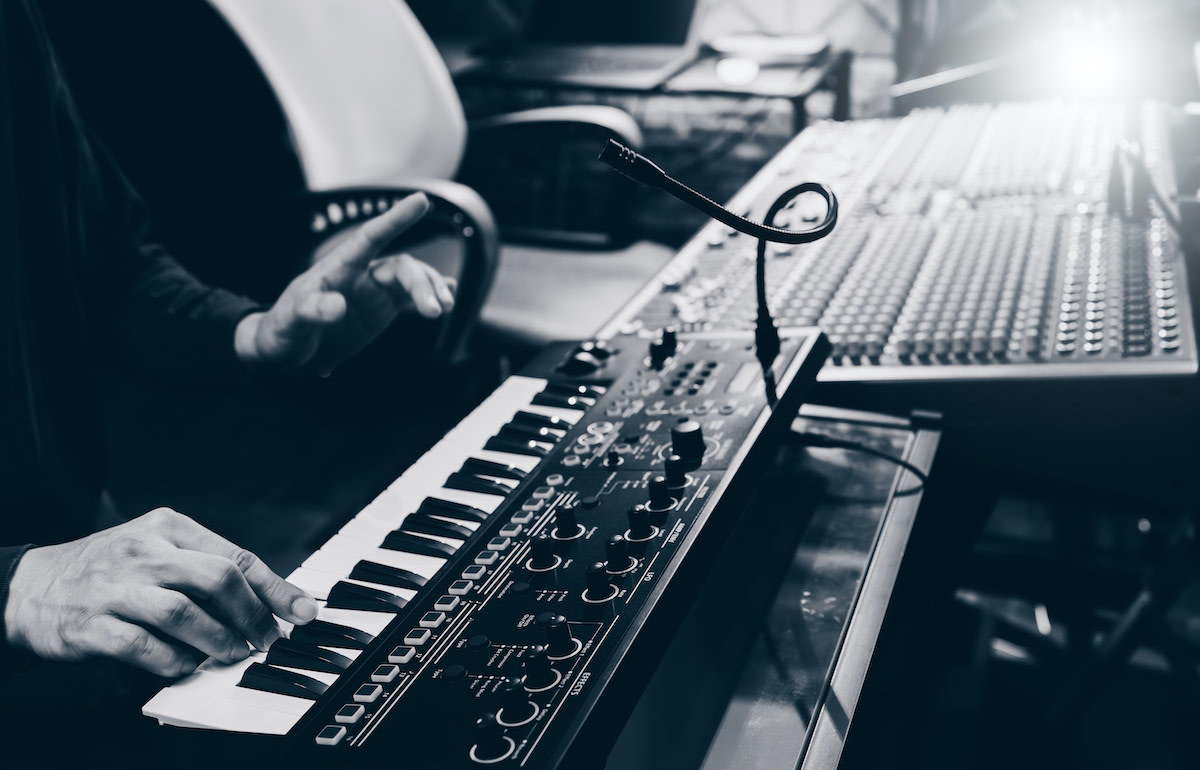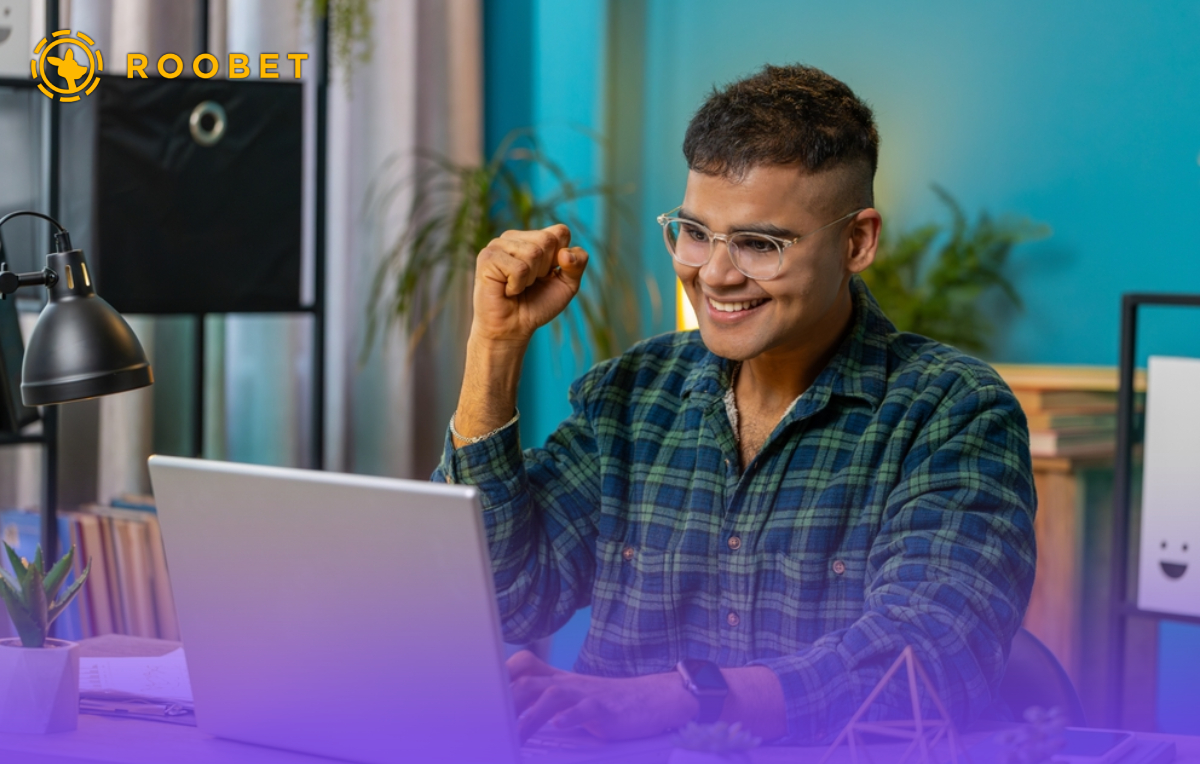The range of indie tunes is big. To get to recording tools, ways to share music, and streaming options is great. But the indie scene is quite full, and you need more than skill to win. A smart plan for selling that uses social media for ads will bring back good results on your spending. Support for YouTube promotion is also a nice way to find certain listeners and is easy for many new musicians. Pick platforms that show where traffic comes from (countries, channels), allow genre and country targeting, and follow Spotify/YouTube rules—no bots. Start small with €5–€20 per day for a week, check watch time and saves, then scale only if the results are real.
The humblest of places can be where the journey to recording and releasing music all begins. Many musicians do not start in fully equipped studios; music production suites can be repurposed from garages and bedrooms. Computers and microphones are all you need to record your first demos on a digital audio workstation. Authenticity trumps perfection, and honest and catchy tracks can resonate. The production quality of a recording is not relevant, as long as the effort is put into promotion. Still aim for clear vocals and a clean mix; good audio makes any promotion more effective.
The transition from private recording sessions to reaching a global audience is now seamless due to the availability of streaming services. To maximize the chances of audience reach and discoverability, artists can stretch their recording sessions and avail the opportunity to create more music.Release often, and pair each song with a small targeted push so early listeners find it fast.
Regular uploads to Spotify, Apple Music, and YouTube, alongside shifting release strategies and meticulous engagement with the platforms’ algorithms, serves a fundamental purpose. Each upload functions as a new opportunity to capture attention, and create a cascading effect that can lead to recognition. There is intrinsic system recognition for consistency, as each upload streamlines the processes of gaining momentum and recognition. Use strong thumbnails, a 5–10 second hook at the start of the video, clear titles, and a pinned smart link so new listeners can follow or save. Watch quality signals like watch time, percentage viewed, saves, and real comments—not just view counts.
Table of Contents
ToggleSocial Media and Community Building in a Crowded Market
Social media is as essential to every business as having a website. TikTok is still launching new viral careers, Instagram is still the leading platform for visual storytelling, and live streaming platforms like Twitch are the best way to capture and hold attention. For indie artists, these platforms serve even greater purposes than simple marketing. They are digital communities. Behind-the-scenes content, progress build videos, and live songwriting sessions help deepen audience engagement. These communities are often the first to stream new releases, buy merchandise, and promote through word of mouth, making them priceless assets.
Use a light paid boost to seed the right audience, then keep them with honest replies, live moments, and regular posts. If you see sudden traffic from countries you did not target or 0–5 second views, stop the campaign and adjust.
Paid promotional tools are marketing expansions. Though organic marketing is great, it still has its limitations and a structured marketing plan helps. There are paid promoted options such as targeted paid ads and YouTube video placements which help orphan ads broad the reach of a video. Higher value is placed on shifting passive audience members to enthusiastic active fans.
Choose packages that show delivery windows and give basic reports (views, watch time, saves, clicks). Avoid “guaranteed viral” promises and random playlists with fake followers. Send paid traffic to one main place (often the YouTube video) so you can retarget and measure clearly.

Collaboration, Monetization, and Long-Term Growth
Launching is used to cover the basics of independent success. Collaborations allow a variety of partnerships that promote a business and help reduce costs. This also helps to reach new markets. Features, remixes, and joint projects can access new fans without a large expense.
Trade stems for remixes, do simple duets, and schedule cross-posts to share audiences.
As of 2025, monetization can be leveraged through other business channels. All artists, regardless of audience and size, can incorporate art sales to help generate a steady income and add value to their other business channels.
Start lean (streaming, small merch, local shows) and reinvest a slice of every euro into the next release and promo.
The primary streams of revenue that every artist has are:
- Getting money from streaming services like Spotify, Apple Music and YouTube.
- Getting gains from stuff like t-shirts, records, signs and other items.
- Getting money from shows like concerts, trips, and other nearby events.
- Getting gains from sync deals when ads, films or video games use an artist’s music.
- Fundraising or club payments like ͏Patreon.
- These hopes mixed make a varied collection planned for a long time.
- Track what grows real fans: saves, watch time, repeat listeners, and email signups.
Conclusion: Persistence and Promotion as the Winning Formula
There has never been greater opportunity to journey from basement sessions to the mainstream music charts. While talent forms the basis of any career, promotion and relentless pursuit of opportunities will separate the successful from the rest. In 2025, by releasing music consistently and community building, indie artists will begin to craft a realistic path to success, along with promotion and community investment through strategic visibility channels like YouTube. Pick transparent partners, test small, watch the right metrics, improve fast, and aim for steady growth over one-time spikes.




